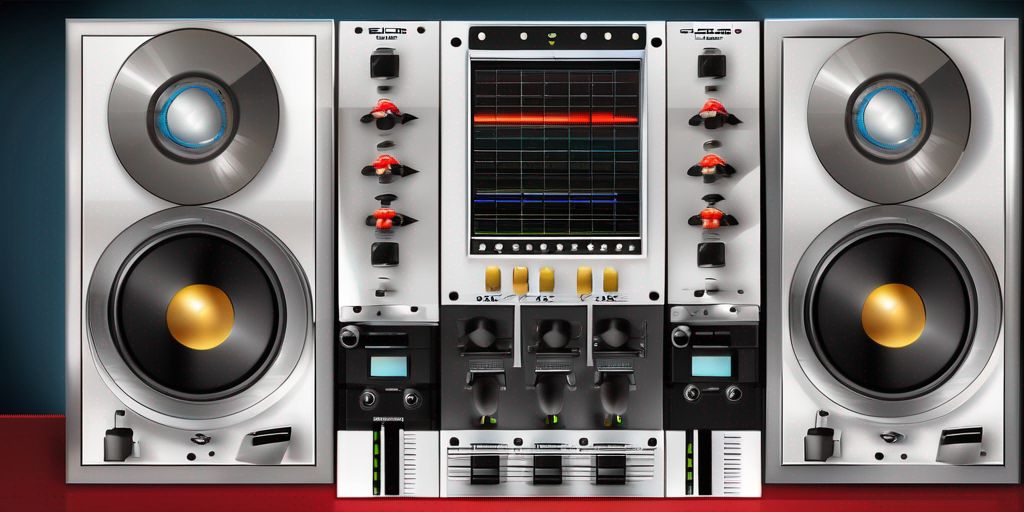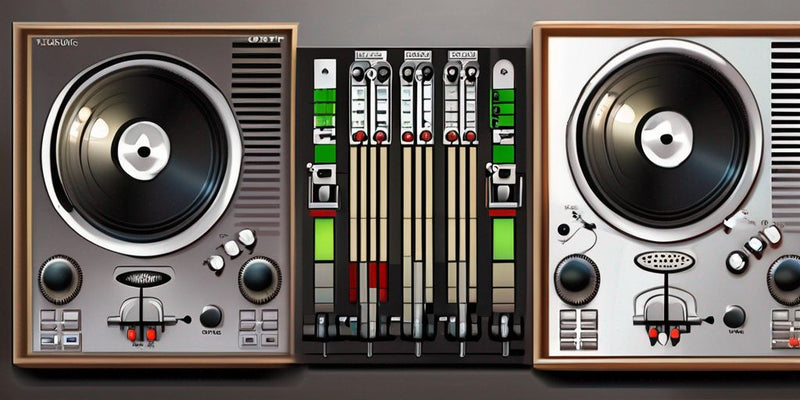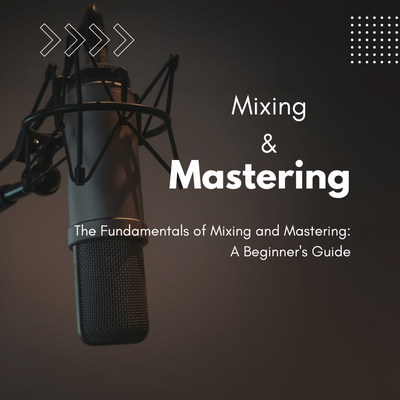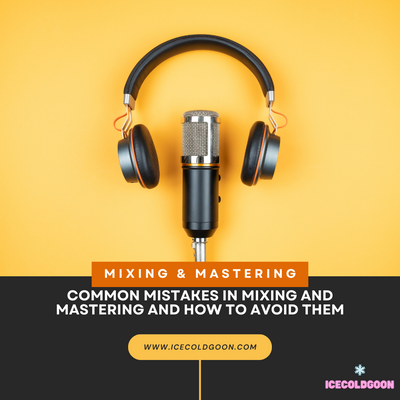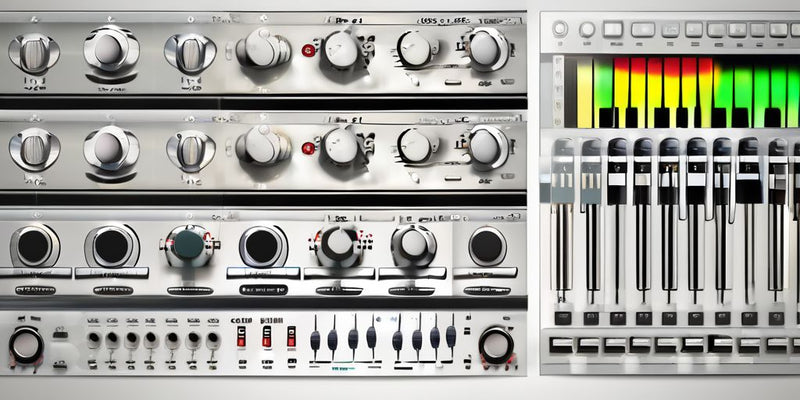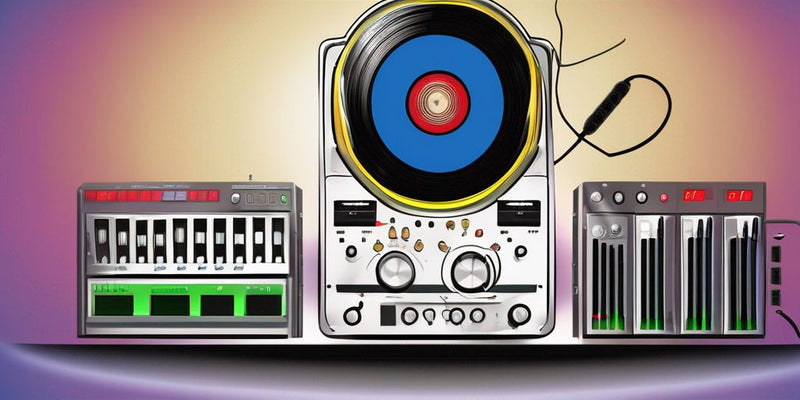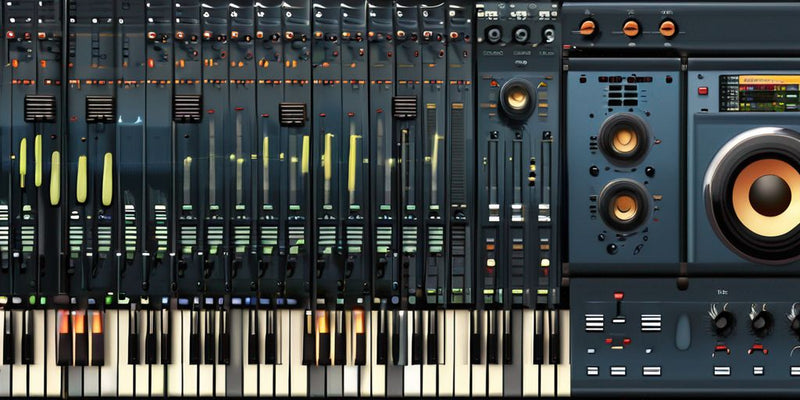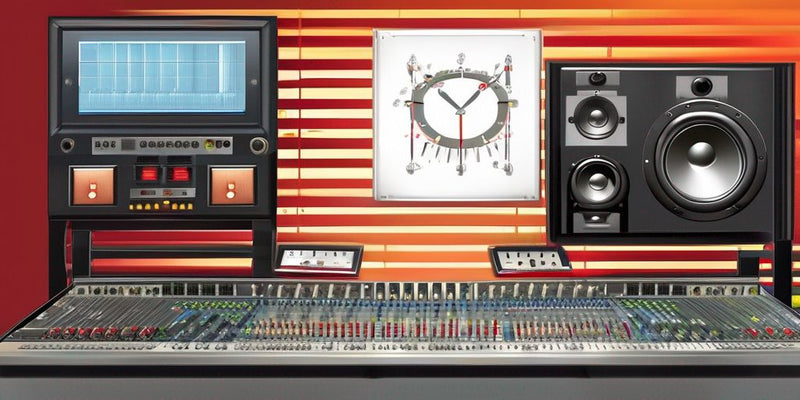Learn Mixing And Mastering For Free
Overview
What is mixing and mastering?
Mixing and mastering are two essential processes in the music production workflow. Mixing involves combining multiple audio tracks and adjusting their levels, panning, and equalization to create a balanced and cohesive sound. On the other hand, mastering focuses on enhancing the overall audio quality and preparing the final mix for distribution. It involves processes like dynamic range compression, equalization, and loudness maximization. Understanding the difference between mixing and mastering is crucial for achieving professional-sounding results in your music production.
Importance of mixing and mastering
Mixing and mastering are crucial steps in the music production process. Mixing involves balancing and blending the different elements of a track, such as vocals, instruments, and effects, to create a cohesive and polished sound. Mastering is the final step that enhances the overall audio quality and prepares the track for distribution. It ensures that the song sounds consistent and professional across different playback systems. Proper mixing and mastering can make a significant difference in the impact and quality of a song, elevating it to a professional level. Understanding the importance of these processes and their role in creating a successful music production is essential.
Basic concepts of mixing and mastering
Understanding the fundamental principles of mixing and mastering is essential for achieving professional-sounding audio. This involves balancing the different elements of a track, adjusting the levels and panning, and enhancing the overall sound quality through various techniques. Additionally, it is essential to have a clear understanding of the dynamic range and the sonic space within a mix. You will be well-equipped to create polished and well-balanced audio productions by mastering these basic concepts.
Choosing the Right Tools
Understanding your needs
When choosing the right tools for mixing and mastering, it's essential to have a clear understanding of your needs. Evaluate what you want to achieve with your music and the required features. Consider factors such as the complexity of your projects, your level of experience, and the genre of music you work with. Researching available options and comparing their features and functionality can help you make an informed decision. Create a list of the tools that meet your requirements and compare them side by side using a table to quickly identify their strengths and weaknesses. By understanding your needs and thoroughly researching your options, you can find the perfect tools to enhance your mixing and mastering process.
Researching available options
When researching available options for mixing and mastering, it is essential to consider your specific needs and requirements. Certain tools may be more suitable for particular genres or styles of music, while others may offer a broader range of features and functionality. Create a list of the most promising tools and compare their features, user reviews, and pricing. Additionally, look for demos or trial versions that allow you to test the tools before making a final decision. By thoroughly researching and evaluating the available options, you can make an informed choice that best suits your needs.
Comparing features and functionality
When comparing different mixing and mastering tools, it is essential to consider the features and functionality that are most important to you. List the specific tools and capabilities you need, such as EQ, compression, and reverb. Research each option to see if it meets your requirements, and look for user reviews to get an idea of how well it performs. Consider factors like ease of use, compatibility with your operating system, and any additional features that may be useful. By comparing the features and functionality of different tools, you can find the one that best suits your needs and helps you achieve professional-quality mixes and masters.
Learning the Techniques
Understanding EQ and frequency balance
Understanding EQ and frequency balance is crucial in the mixing and mastering process. EQ, or equalization, allows you to adjust the balance of frequencies in a sound, making it more transparent and more defined. It helps you cut through the mix and bring out the essential elements. On the other hand, frequency balance refers to the distribution of frequencies in a sound. Achieving a balanced frequency spectrum is necessary for a well-rounded and pleasing mix. You can achieve professional and polished results in your mixes by understanding these concepts and using EQ effectively.
Using compression effectively
Compression is a crucial tool in the mixing and mastering process. It helps control the dynamic range of audio, making the quiet and loud parts softer. Understanding how to use compression effectively can significantly enhance the clarity and impact of your mix. Here are some essential techniques to keep in mind:
- Threshold: Set the threshold level to determine when the compression kicks in.
- Ratio: Adjust the ratio to control the amount of compression applied.
- Attack: Set the attack time to determine how quickly the compressor responds to peaks.
- Release: Adjust the release time to control how long the compressor holds onto the compressed signal.
You can achieve a more balanced and professional-sounding mix by mastering these techniques.
Applying reverb and delay for depth
Applying reverb and delay is essential in mixing and mastering to create depth and space in a track. Reverb adds a sense of ambiance and can make a sound appear further away or in a larger space, while delay can create echoes and repetitions. To avoid overwhelming the mix, using these effects tastefully and in moderation is essential. Experimenting with different settings and combinations can achieve the desired effect. Additionally, understanding the parameters and controls of the reverb and delay plugins is crucial for achieving the desired result. By using reverb and delay effectively, you can enhance the overall sonic experience of your mix and bring it to life.
Conclusion
Summary of key points
After going through the critical points discussed in this article, it is clear that practice and experimentation play a crucial role in mastering the art of mixing. You can achieve professional-level results by continuously honing your skills and exploring different techniques. Remember to utilize the resources mentioned in this article for further learning to expand your knowledge and stay updated with the latest trends in the industry.
Importance of practice and experimentation
When it comes to mixing and mastering, practice and experimentation are key. It is essential to continuously refine your skills and techniques through trial and error. By experimenting with different settings and approaches, you can develop your unique style and achieve the desired sound for your music. Remember, practice makes perfect, so don't be afraid to make mistakes and learn from them. Additionally, seeking feedback from other experienced professionals or joining online communities to gain valuable insights and perspectives is beneficial. You can become a proficient mixing and mastering engineer with dedication and perseverance.
Resources for further learning
Various online courses and tutorials are available to further enhance your knowledge and skills in mixing and mastering. Some popular platforms for learning include:
- Coursera: Offers courses on music production and audio engineering.
- Udemy: Provides a wide range of courses on mixing and mastering techniques.
- YouTube: A treasure trove of video tutorials and demonstrations by experienced professionals.
Additionally, you can explore books and forums dedicated to mixing and mastering, such as The Mixing Engineer's Handbook by Bobby Owsinski and the Gearslutz online community. These resources will provide valuable insights and guidance to take your mixing and mastering skills to the next level.

